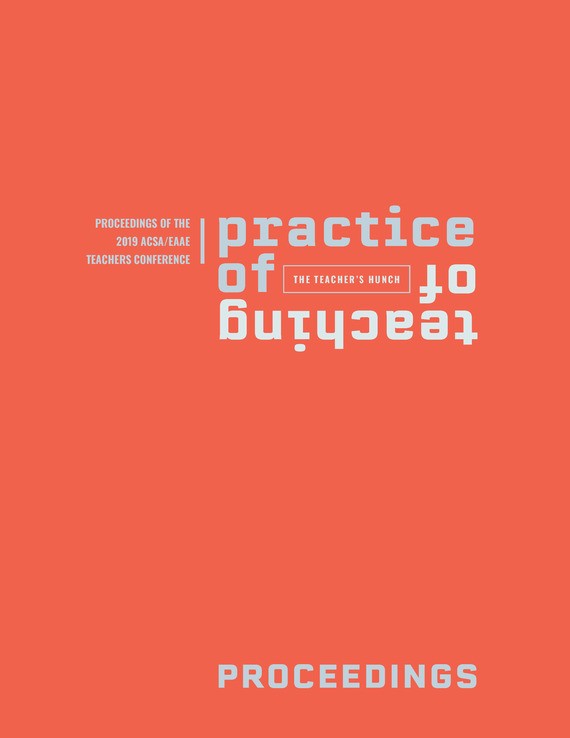Author(s): Scott Singeisen
The term meaning-making has been used in constructivist educational psychology to refer to the personal epistemology that persons create to help them to make sense of the influences, relationships and sources of knowledge in their world.1 According to the transformative learning theory of sociologist and educator Jack Mezirow, adults interpret the meaning of their experiences through a lens of deeply held assumptions.2 When students experience something that contradicts or challenges their way of negotiating the world they have to go through the transformative process of evaluating their assumptions and processes of making meaning. Mezirow called these experiences that force individuals to engage in this critical self-reflection “disorienting dilemmas”.3In ‘Educating the Reflective Practitioner’, Prof. Donald Schön suggests that artistry is necessary for the solution of problems in professional practice that occupy the indeterminate zones of uncertainty, uniqueness, and conflict. The two traditional approaches to the teaching of artistry, however, are problematic. The first, its elimination from a curriculum based on technical rationality, is predicated on the belief that artistry is mystical and essentially unteachable. The second, its reduction to a set of procedures, has proven not to work with indeterminate phenomena that are inherently u nmanageable. Schön proposes a third strategy: reflection in action, based on his observations that considerable tacit knowledge is already built into practice. By entering the condition of action and reflecting on what has been done, one can resolve “indeterminate” problems in situ by d oing.4It is the view of this paper that by first positioning students in a disorienting dilemma, and by second, providing a framework f or ‘reflection in action’ for students to identify and use analogous architectural research elements, students develop a personal methodology and their own contextual position relative to the history of architecture.
https://doi.org/10.35483/ACSA.Teach.2019.24
Volume Editors
Richard Blythe & Johan De Walsche
ISBN
978-1-944214-23-4

 Study Architecture
Study Architecture  ProPEL
ProPEL 
